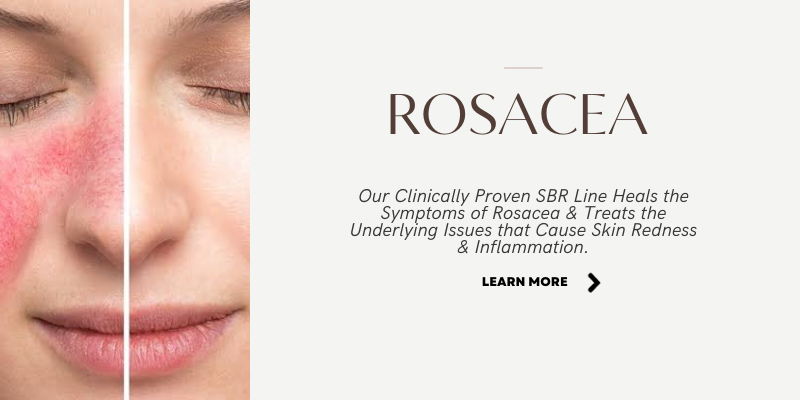Did you know that as little as 15 minutes of continuous sun exposure can begin the process of skin damage?
Being the best source of Vitamin D, daily exposure to the sun in moderation is indispensable for our health. However, neglecting basic skin care precautions before sunlight exposure causes major skin damage in both the short and long term.
Here is everything you need to know about the different types of the sun’s UV rays, and how they damage the skin in many ways, and how you can protect yourself with simple, natural methods.
The ABC’s of the Sun’s UV Rays
With the Sun as the source, ‘UV radiation’ is a part of the electromagnetic spectrum that hits the earth’s surface in three forms – Ultraviolet A (or UVA), Ultraviolet B (or UVB) and Ultraviolet C (or UVC) rays. These different forms of radiation can’t be seen by the naked eye, but have a variation of effects on our skin, hair and overall health.
Effects of UVA rays on Skin:
About 95% of the sun’s rays consist of UVA rays that penetrate to the deepest layers of the skin. These rays interfere with the skin’s repair mechanism and slow down collagen-elastin synthesis, causing faster wrinkling and other signs of skin aging. UVA is also responsible for the immediate tanning and skin redness/inflammation.
Effect of UVB rays on Skin:
Only 5% of the UVB rays reach the earth’s surface and are more energetic than the UVA rays. These rays not only have short-term effects by penetrating the upper layer of the skin and causing burning, hyperpigmentation and delayed tanning, but they can also significantly contribute to photoaging and the most feared melanoma or skin cancer in the long-term.
Effect of UVC rays on Skin:
Most of the UVC rays are naturally absorbed by the Earth’s Ozone Layer. They are short-length and generally don’t have a major impact on our skin. However, since they are high in energy, direct exposure to man-made sources of UVC rays, such as mercury lamps and old school tanning beds can damage the skins DNA, causing premature aging and even skin cancer.
Broad Spectrum Mineral Sunscreen: The Best Protection
Skin damage and quality of your skin health depends upon how you treat your skin throughout life. Long and frequent exposures without protection, especially when the sun’s rays are the strongest; the season, the weather and the place – all contribute to faster chronological aging of your skin.
Solution? – Protect your skin with clinically proven, good quality, natural, mineral-based ‘broad spectrum’ (learn more) Sun Protect SPF 30+ sunscreen even when you’re have as little as 15 minutes sun exposure.

For a sunscreen that provides the best protection against UVA, UVB and UVC rays, here are the key things you should look for:
- Mineral-based – Zinc Oxide and Titanium Dioxide are the only two approved inorganic ingredients by FDA in a sunscreen. Being pure earth minerals, they are toxin free and create a protective physical barrier on the skin that reflects UVA, UVB and UVC rays away.
- SPF of 30+ – Though SPFs as high as 100 are available commercially, the fact is thar a sunscreen with an SPF of 30 will provide protection against 97% of UV rays. The additional 1% protection (no sunscreen gives 100% protection) provided by higher SPF sunscreens is not worth the damage that these chemical sunscreens may cause themselves.
- Made of Natural Ingredients: Besides UV protection, you must also ensure that your sunscreen is synthetic chemical-free (learn why?). Sunscreen made of a combination of clinically proven organic and/or wildgathered/natural ingredients including Zinc Oxide not only gives provides effective UV/sun protection, but also calms inflammation, protects against hyperpigmentation and photoaging. Being completely natural and organic, these are also child-safe, reef safe and eco-friendly.
Always make sure you use a sweat/water resistant sunscreen and reapply every 2 hours or whenever it gets washed or sweated off. For additional protection and to minimize the damaging effects further, it’s always recommended to cover with sun-safe clothing, sunglasses, hat, etc., (barrier protection) especially during the highest UV exposure hours of 10 am to 2 pm.




